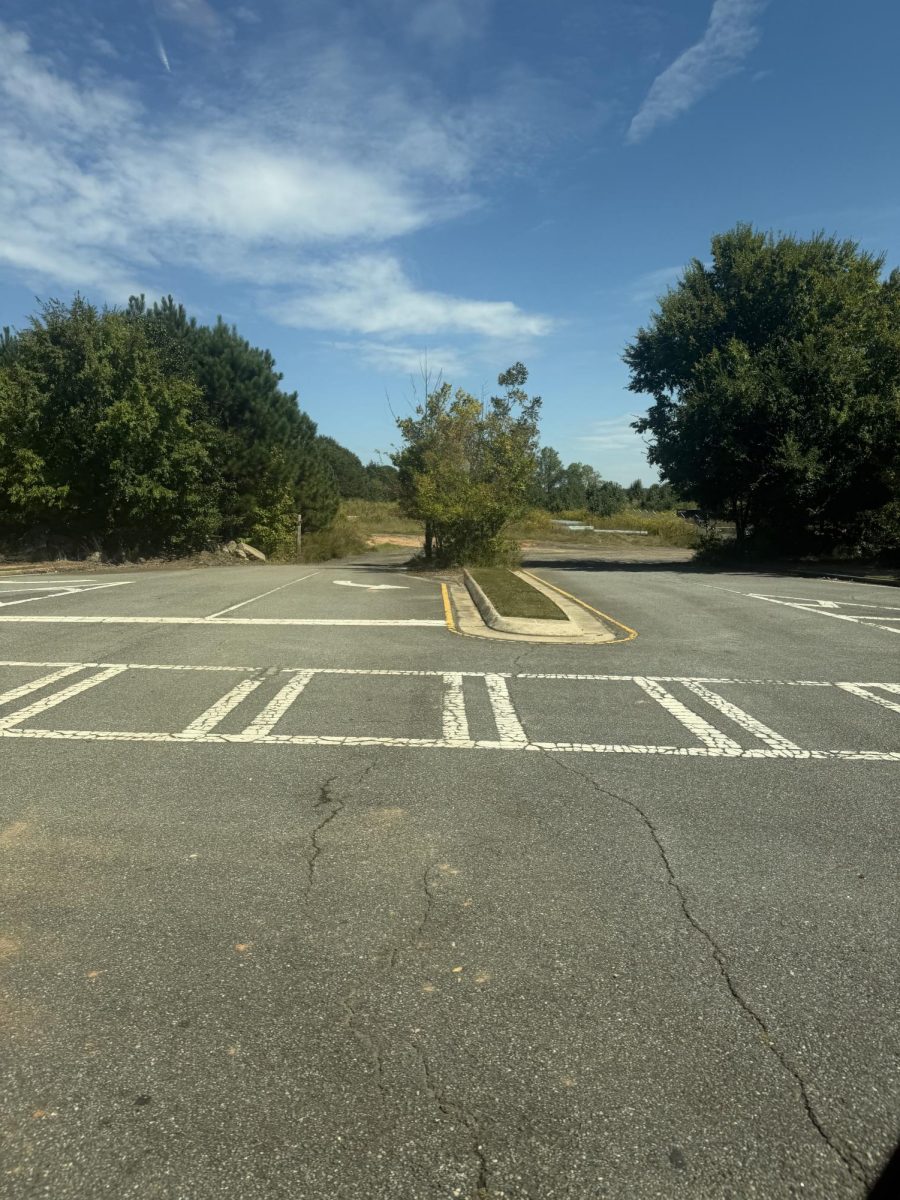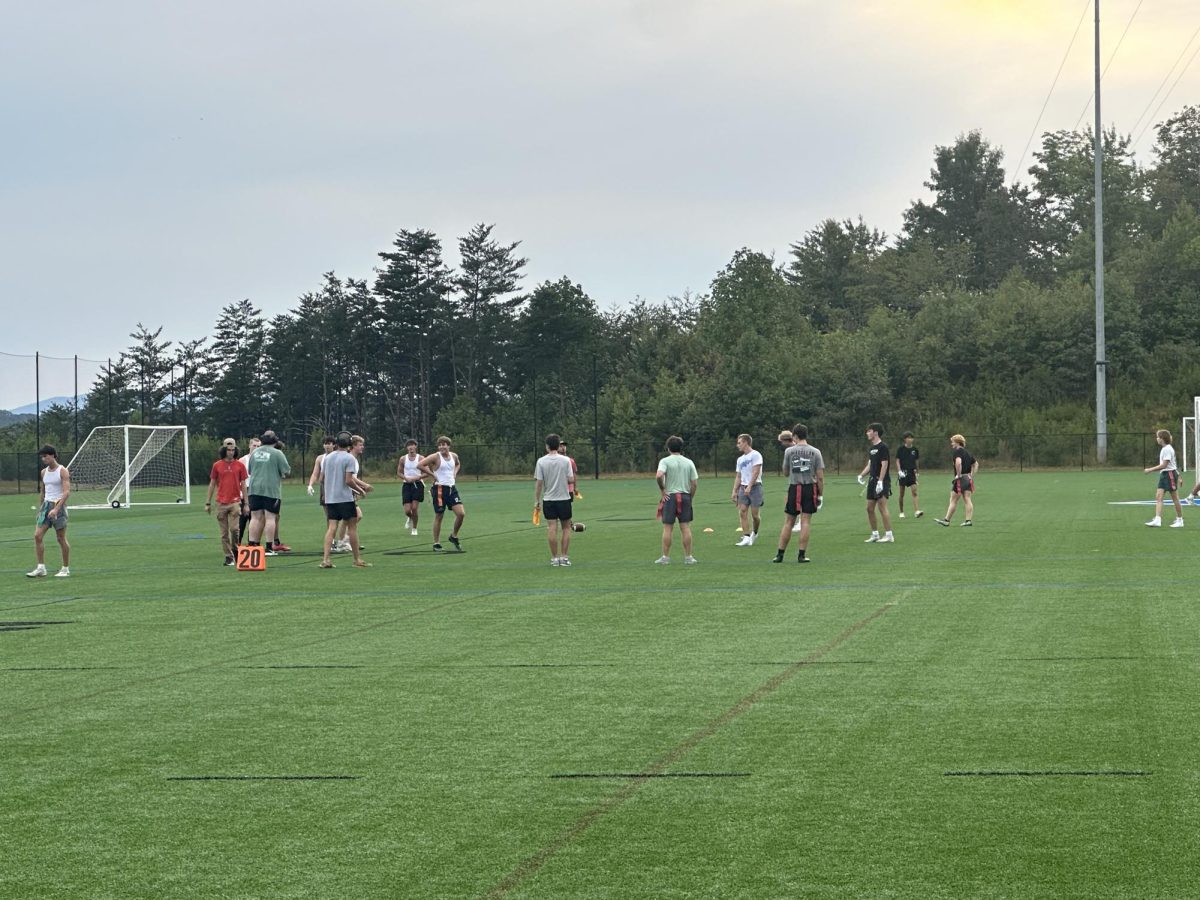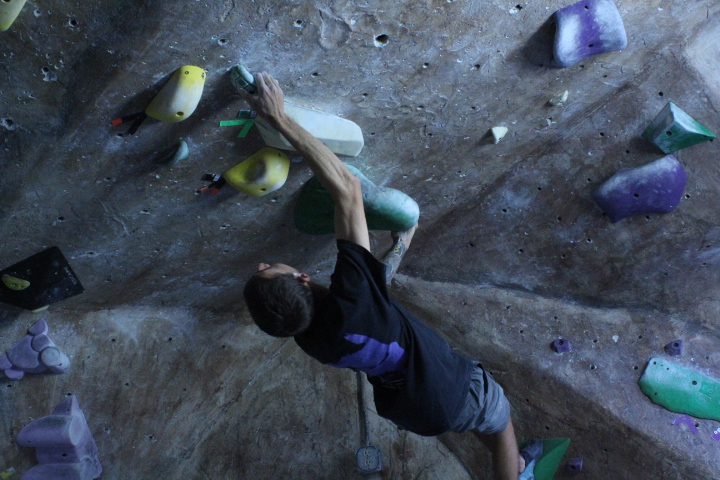Spring has sprung at the University of North Georgia this past month, and with it comes students looking for something refreshing to try.
Various recreational activities are provided for students to participate in such as pickleball, soccer, weightlifting and many more. However, a lesser-known activity available to students to partake in is rock climbing.
McLain Martin, a supervisor at UNG’s climbing wall, oversees events on the Dahlonega campus for sport climbing, belay climbing and bouldering.
Sport climbing, also known as “top rope,” involves using a pulley device called an ascender with a harness to scale high walls. The climbs are sorted into different grades using the “Yosemite scale,” starting at the lowest level of 5.2 and going as high as 5.14. This type of climbing is most suited to beginners as it focuses more on endurance with little to do with technique at the lower levels.
Bouldering involves climbing without a harness or rope, typically on uneven or upside-down surfaces. This type of climbing is usually kept below 15 feet in order to not require any special gear to work on. Bouldering also has a unique grading scale, referred to as the V-scale, that ranges from V-Beginner to the highly coveted V17. With a heavy emphasis on body strength and technique, bouldering is for those who want to focus on improving their overall body control and power manipulation.
The last type of climbing, belay climbing, is best described as a pulley system using the weight of two people. The climber will ascend the wall while clipping a rope into shackles along their route. While they focus on climbing and clipping, the person still on the ground will act as a counterweight (CW) and make sure that no harm will come to the climber if they unexpectedly slip.
The aforementioned CW will focus on keeping the rope attached to the climber in either a slack state to allow for ease of movement or taut to prevent the climber from swinging and harming themselves. The CW utilizes a device known as an air traction controller in order to control the momentum and keep their partner safe.
This type of climbing is the most dangerous and requires a certification to take part in most indoor gyms.
However, those in the sport do not discourage those who wish to join and work to improve themselves or just to meet people. Josh Blackwood, a staff member at Adrenaline Climbing in Suwanee, expressed that it was best for people to start slow and get used to the sport one step at a time.
“Start in an indoor gym, be social and meet people that come on the same days as you, feel free to yap more than climb most days.” – Josh Blackwood, UNG Film Graduate and Adrenaline Climbing Staff Member
Blackwood mentioned that failing is a major factor in climbing. He suggested to practice safely in an indoor gym first before going out and potentially getting injured.























